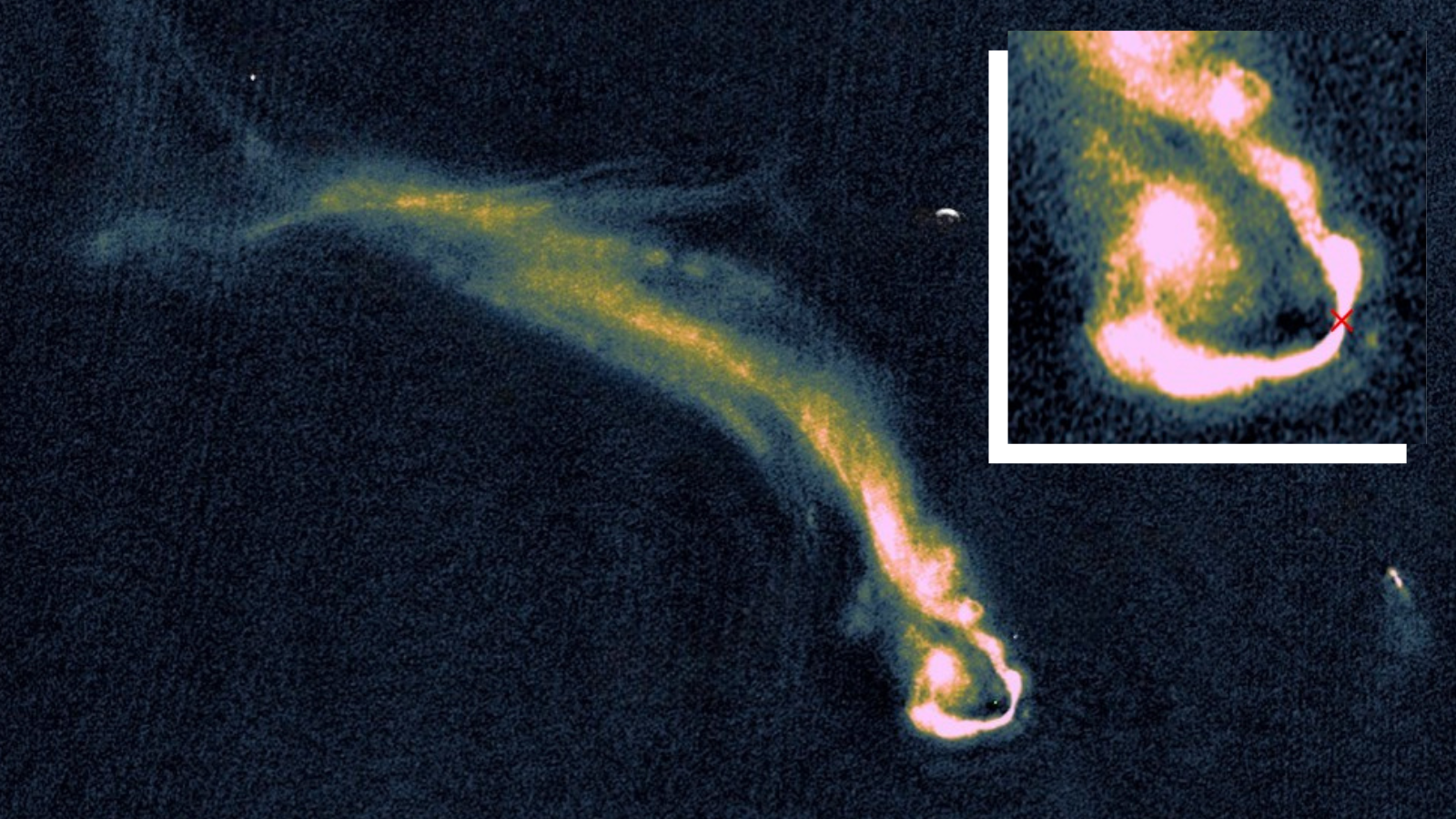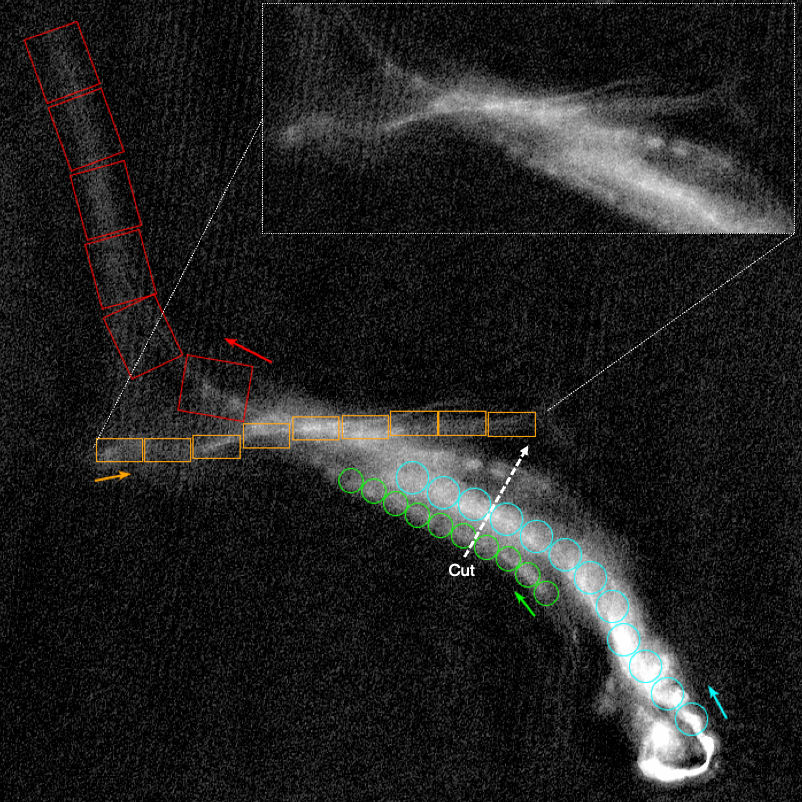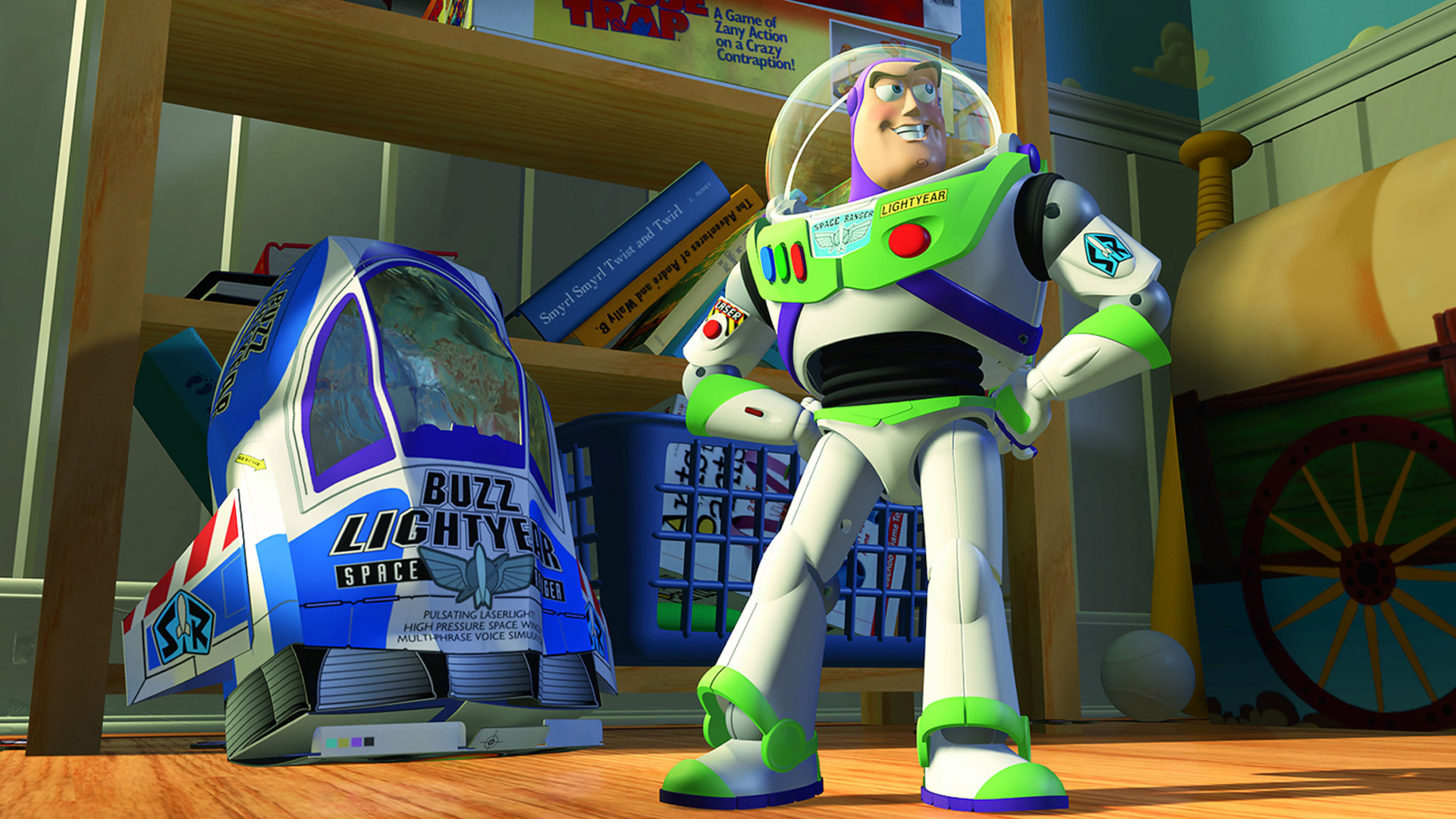This galaxy cluster has mysterious cosmic tendrils over 200,000 light-years long (image)
They're related to galaxies dominated by supermassive black holes.

Astronomers have obtained the deepest and highest resolution image of the galaxy cluster Abell 2255, observing the unexplained radio-emitting tendrils that trail it in unprecedented detail.
Abell 2255 is a cluster containing between 300 and 500 constituent galaxies, many of which are merging. It's located around 800 million light-years from Earth and spans around 16.3 million light-years. The team behind this research was interested in the so-called "radio galaxies" of this cluster.
Radio galaxies are galaxies dominated by feeding supermassive black holes that launch out powerful jets of matter at near-light speeds. This new investigation of Abell 2255 could reveal how radio galaxies evolve and how supermassive black hole-launched jets interact with gas and dust between galaxies, a space called the intergalactic medium.
"These results open the way to new perspectives for the study not only of radio galaxies but also of the properties of the gas that permeates galaxy clusters,” Marco Bond, study team member and a researcher at the National Institute for Astrophysics (INAF), said in a statement.
Chasing radio tails
The team obtained their Abell 2255 data using the European Low Frequency Array (LOFAR) radio telescope in its Very Long Baseline Interferometry (VLBI) mode. With 56 hours of observations at a radio frequency of 144 MHz, the researchers were able to obtain deep images of the galaxy cluster with an angular resolution of up to 0.3 arcseconds.
This revealed elongated filamentary structures stretching out for between 260,000 and 360,000 light-years. That's longer than 3 times the width of the Milky Way. The thickness of these filaments, however, is less than a tenth of the width of our galaxy.
The team behind this research theorizes that these filaments originate from within the radio galaxies of Abell 2255 and were dragged out by turbulent motion within the galaxy cluster. The filaments will eventually mix within the intergalactic medium of gas and dust in Abell 2255.
Breaking space news, the latest updates on rocket launches, skywatching events and more!
One of the radio galaxies the team focused on in particular was the Original Tailed Radio Galaxy, which possesses a tangled tail and rich filaments, features that have never before been observed in such detail.
The new LOFAR images also reveal previously unseen details of other radio galaxies within the Abell 2255, including the Goldfish, the Beaver and the Embryo galaxies — all of which are notable for their distorted shapes and vast, trailing radio tails that extend more than 200,000 light-years.
"Our main goal was to use LOFAR-VLBI to detect possible filaments in the tails of the radio galaxies of Abell 2255, in order to study their morphological characteristics and understand their origin," team member and University of Bologna researcher Emanuele De Rubeis said. "Phenomena of this type are emerging more and more frequently thanks to modern interferometers, such as the precursors of the SKA project, and offer valuable opportunities to investigate the magnetic properties of the hot gas permeating the cluster and the mechanisms of particle acceleration."
The team's research is part of a wider investigation made possible with recent developments in calibration techniques. of LOFAR-VLBI data.
"We calibrated 56 hours of observations, divided into nightly sessions of about 8 hours each. The raw data from each night is about 4 terabytes, but after calibration, the volume increases to 18 to 20 terabytes for a total of about 140 terabytes overall," De Rubeis said. "Of course, calibrating the data and obtaining quality images took a lot of trial and error. To fully process a single night and produce images of all the sources, it took us about a month on average."
The team's research was published on June 10 in the journal Astronomy & Astrophysics.

Robert Lea is a science journalist in the U.K. whose articles have been published in Physics World, New Scientist, Astronomy Magazine, All About Space, Newsweek and ZME Science. He also writes about science communication for Elsevier and the European Journal of Physics. Rob holds a bachelor of science degree in physics and astronomy from the U.K.’s Open University. Follow him on Twitter @sciencef1rst.
You must confirm your public display name before commenting
Please logout and then login again, you will then be prompted to enter your display name.

